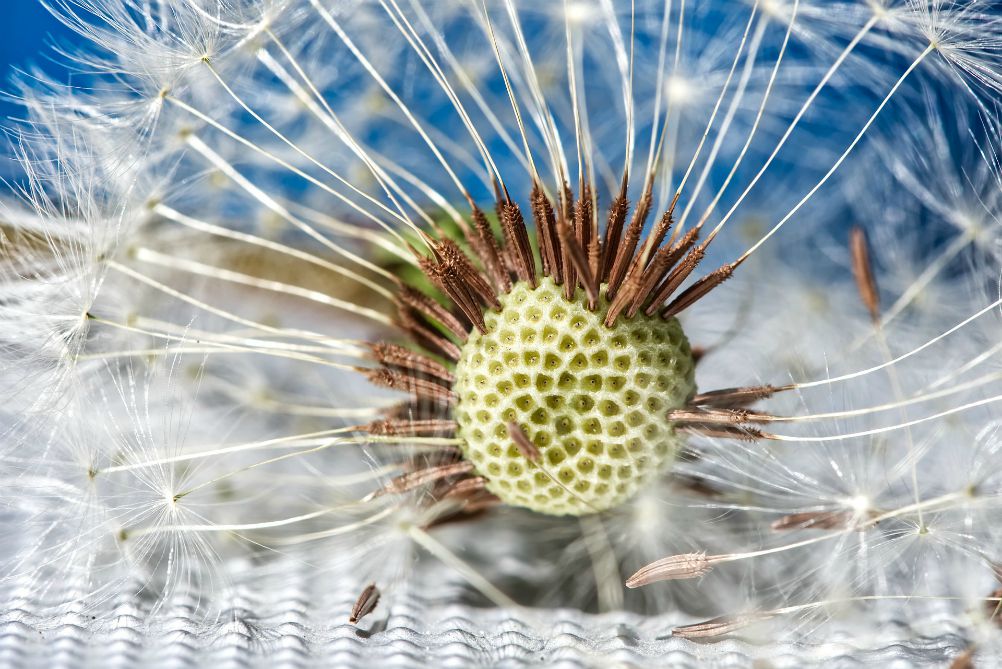
(Pixabay/Alexas_Fotos)
I was typing along happily, thinking to myself that one of the best skills I ever learned in my entire life was touch typing, thanks to a personal typing class I took many summers ago when I was in high school. I can still hear the recorded music that enveloped the class providing the correct rhythm for us to type: A-S-D-F-J-K-L-sem.
We typed on large, table-top sized manual typewriters. If you went too fast, the letter arms would interlock in the center of the typewriter's interior space, and then nothing would budge. So you had to reach in, release the letter arms and continue typing. Your fingertips would then have black ink smudges which transferred to the typing keys, so it was necessary to keep a tissue handy to clean the keys when you had finished. We soon discovered that one of the hazards of touch typing was "inky" fingers from all the times you were supposed to look at the text and not at your fingers on the keys, but your fingers weren't always on the correct keys.
During this class, the fastest touch typing rate I could achieve was 70 words per minute, which garnered me an "A" grade. I still remember the teacher, who was part of the high school business faculty. Despite this being a summer class, she always dressed in a neatly pressed skirt, a matching short sleeve sweater, and a coordinating scarf worn jauntily off to the side. Her medium-brown hair in a bun kept her face distraction-free so she could concentrate on the students, alert to anyone who might need her help. She rarely came to my desk because she knew I was zooming along.
"Girls," she would say (and we were all girls in the class back then), "it's important to maintain a professional appearance to go along with your professional secretarial skills. Every boss will appreciate this." During the year, she taught other office-related courses, like shorthand and business English, so it was her sure sense that all of us in the personal typing class were destined to become secretaries.
Advertisement
I remember coming home from summer school one day and telling my mom that I had no plans to be a secretary but that I was just taking typing to learn how to type. Mom smiled knowingly, secretly hoping I would change my mind and follow in her footsteps, as she had worked in a manufacturing office before getting married.
Thanks to great parents and several younger siblings, as a high school junior, I had the freedom to take summer classes since these were scheduled on weekday mornings, and that way I could be home to assist with family things in the afternoon. I was really spoiled in that I didn't have to find a paying summer job.
Back to touch typing knowledge. Despite industry attempts to revise the QWERTY keyboard when computers came into general use and a more logical letter array on the keyboard was suggested, that never happened. Now all the world's QWERTY typists, like me, have the advantage in knowing how to type, since we can readily use anything with keyboards, including computers, laptops, iPads and phones. While lots of folks can go pretty fast using two fingers on the keys in the Biblical "seek and ye shall find" method, touch typists rule the day with speed and efficiency.
My ability to touch type doesn't mean that I never type a wrong letter, but I can chug along fairly accurately. Recently, I intended to type the word "deceased," but what landed on the page was "deceaseed." I looked at that word intently — what did I just create? Before I corrected the spelling, it occurred to me that the word "seed" on the end of deceased has some fun meanings.
Meaning #1: Isn't it true that when one person dies, another person is born? Could it be that the dead person provides the seed for a new human life?
Meaning #2: From agriculture, we know that unless a seed or a grain dies, it remains just that and doesn't sprout into a plant. Unless a seed becomes deceased or dies, nothing new results.
Meaning #3: I attended a health fair for seniors recently and chatted with a cremation service representative. We talked about a "green burial," which is a more environmentally friendly burial. Instead of being filled with embalming chemicals to preserve the body's appearance immediately after death, the body is placed directly on the earth at the bottom of a grave. There is a vault-structure placed over the body so that the grave doesn't cave in when the body disintegrates. In a real sense, the dead body goes to seed as it returns to the earth.
I was recently with a colleague at lunch, and in our casual conversation I said, "Did you know that being deceased means you go to seed?" The other person scrunched up her face and said, "Eewww, how morbid. What made you think of that? What an awful thought. Well, when I die, in the casket I plan to have on my best outfit, and I can't bear to think of it becoming a mess. That's why my husband and I have cemetery spaces in a mausoleum. We don't want to get wet six feet under."
As we kept eating, I noticed her looking at me furtively throughout our remaining time together. Maybe it's not a very life-giving topic after all.
[Nancy Linenkugel has been a member of the Sisters of St. Francis, Sylvania, Ohio, since 1968 and writes blogs for her community's website. She is an alumna of Xavier University's Master of Health Services Administration program and serves as its director. She was president and CEO of Providence Hospital and Providence Health System from 1986 to 2001.]







